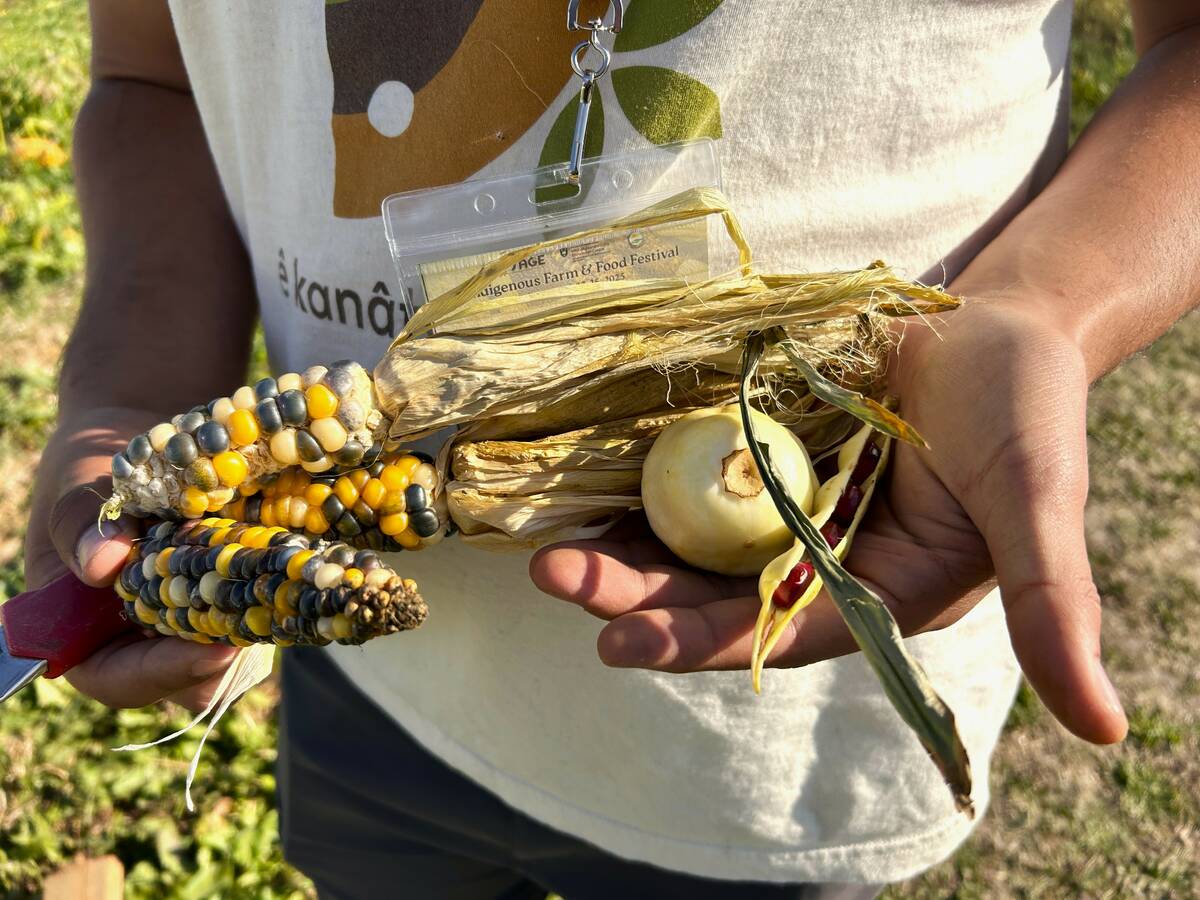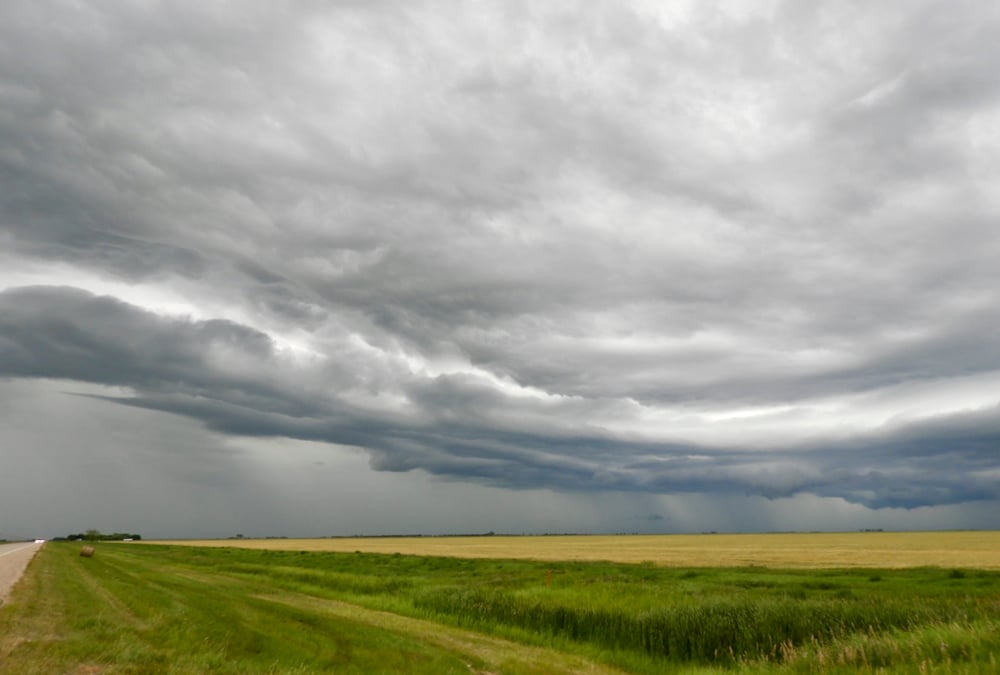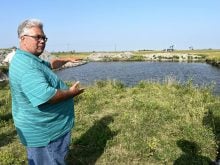There’s a half-joking adage when fields and pastures in Manitoba need a good drink: “Pray for rain on one knee.”
It reflects the danger that once the tap turns on, it won’t turn off. The first couple of precipitation events are celebrated. Even a highly inconvenient spring blizzard might be met with a resigned comment about how we needed the moisture. The next few storms are accepted. A few weeks more, and people are usually getting fed up.
Manitoba has no sense of weather moderation. In 2022, the winter-to-summer temperature swing was 72.7 C, according to Manitoba Agriculture data. In summer 2021, people in the Red River Valley were desperately conserving water. Flash forward to spring 2022, those same communities looked like islands.
Read Also

Regenerative practices meet Indigenous knowledge on the Prairies
What do traditional Indigenous agricultural practices and regenerative agriculture have in common? Quite a lot it turns out.
As Don Norman recently reported, spring 2024 did its best to hold up that reputation.
It followed a sad winter. There was only a fraction of normal snowpack. Then spring hit; the rain and snowstorms came with it, and suddenly seeding was a problem because fields were waterlogged. From May 1 to June 9, most of the province received over 150 per cent of normal precipitation.
There’s a reason that soil health and regenerative agriculture champions are using resiliency as a big part of their pitch. For farmers who went from pastures too dry to support cattle in 2021 to, months later, calving in a couple of feet of snow and moving herds to higher land, muting weather shocks sounds good.
As far as governments are concerned, resiliency is among the buzziest of sustainable agriculture buzzwords. You see it in most funding announcements under the Sustainable Canadian Agricultural Partnership, along with “sustainability,” and “climate change.”
The newest $5-million barley cluster announcement is no exception. Government says it will “help producers incorporate climate-resilient barley crops into their operations and increase the profitability and sustainability of their farms.”
Along with phrases like “cover crops” and “rotational grazing,” “resiliency” is having its day in the sun.
That’s good news for early adopters fighting for wider acceptance of their on-farm philosophies. Some of those practices are now gaining traction. I offer the packed attendance at each Manitoba Forage and Grassland Association Regenerative Agriculture Conference as an example.
The new funding also means those early adopters can push the envelope further. They’re tapping it for projects they’ve always wanted to do, but haven’t had the cash.
But there is always a double-edged sword to becoming mainstream. People who have little real awareness of farm realities start touting it.
When a government whose decisions have often played poorly among farmers (such as capital gains tax changes and carbon pricing) starts using “resilient” in every press release, it’s easy for the average farmer to become cynical about the word. Instead of a win-win, it starts being viewed as another risk. The fear is government will push its own agenda and strongarm production research priorities, to ag’s detriment.
We’re living in an era of change. Technology is advancing fast, and yes, there is a drive for optimal sustainability that farming will not be able to avoid. It has never been more important for agriculture to be respectfully vocal about what it needs — and what is realistic.
Likewise, government must be careful about dismissing agriculture’s concerns. Ideas are fine, but it’s farmers who have to make them work.
















